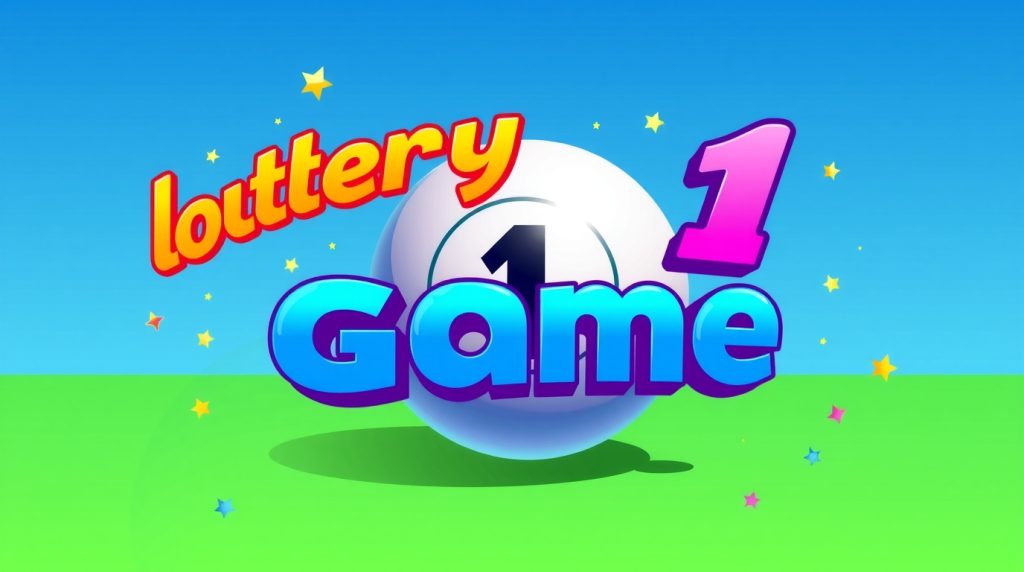
Today’s lotteries are more than just scratch-offs or numbered balls on television. They’ve advanced into high-tech ecosystems that deliver results in seconds and manage millions of players across any device. One bright idea in this evolution is the “lottery 1 game,” a simple-yet-smart design that proves that technology can make playing more fun and fair.
In this article, we’ll break down the inner workings of lottery 1 game systems, focusing on how the back-end is built, the random number crunchers work, the security tactics that keep money safe, and the cloud tech that powers it all.
What’s a “Lottery 1 Game”?
In plain terms, a lottery 1 game is a basic, single-draw lottery that happens immediately or follows a fixed time. Traditional lotteries often make you pick a long list of numbers or join a rolling pool. With a lottery 1 game, you place a simple bet on a single outcome, and bam—it’s all automated on the tech side.
Why is this idea catching on? First, you pick one number and you’re done, not ten. Second, results are ready in seconds, not hours. Third, the whole thing fits right into mobile apps, so players can enter a game in a snap any time of day.
The Technical Backbone: Architecture and Infrastructure
Running a digital lottery platform is about way more than a flashy app. Here’s a closer look at the behind-the-scenes tech that fuels a lottery 1 game system:
1. Backend Server and Database Management
Every lottery needs a rock-solid and flexible server setup. For lottery 1 games, the smart move is to choose a cloud provider—think AWS, Google Cloud, or Azure. They offer:
- High availability to handle spikes
- Auto-scaling to add or remove servers based on demand
- Regional data replication to boost reliability
- Full support for microservices to let teams build and update pieces independently
Databases—generally PostgreSQL or MongoDB—hold ticket data, user accounts, draw results, and logs. Security and redundancy are non-negotiable here to protect against data loss or breach.
2. Random Number Generation (RNG) Algorithms
The lottery’s beating heart is the random number generator (RNG). To keep things fair and off limits to guesswork, systems now use cryptographically secure pseudorandom number generators (CSPRNGs).
Key best practices we follow are:
- Periodic entropy injection to refresh the randomness
- Seed pulled from multiple trusted hardware sources
- Independent, locked audit logs for every number generated
- Regular validation against standards—like the NIST SP 800-22 or Dieharder.
3. API Integration and Game Logic
A lottery 1 game system talks through RESTful APIs that connect the frontend (like the mobile app or web dashboard) to the backend decision-making.
Key Functions of a Lottery Game System
A modern lottery system must deliver several core functions effectively:
- Ticket Purchase: Users must buy tickets safely and quickly.
- Real-Time Game Status: Players want to know if they’ve won during or right after a draw.
- Draw Results: Published results need to be reliable and readily available.
- User Authentication and Wallet Integration: Secure sign-in and easy management of funds are essential.
Business logic is usually coded in languages such as Python, Node.js, or Java, often under frameworks like Django or Spring Boot.
Security Measures for Lottery Applications
When a lottery system handles money and sensitive data, security is essential. Here are the most effective security practices:
- End-to-End Encryption: Every transaction and system message is encrypted.
- Multi-Factor Authentication (MFA): Users must provide two or more forms of identification.
- Blockchain Auditing: Some systems log results on a blockchain for tamper-proof verification.
- Regular Security Checks: Ongoing penetration testing and ISO 27001 compliance audits help catch vulnerabilities.
Together, these measures reduce the risks of fraud and unauthorized system access.
Scalability and Cloud Strategies
High-traffic lottery systems must support millions of simultaneous users during a draw. These cloud practices make that possible:
- Containerization: Docker packages services in containers that are easy to replicate.
- Orchestration: Kubernetes automatically scales containers in and out with traffic.
- Load Balancing: Incoming requests are split across multiple servers to prevent overload.
- Content Delivery Networks (CDNs): Global data is cached close to users to minimize delays.
By using these cloud-native technologies, the lottery platform stays quick, dependable, and easy to use.
Data Analytics and User Insights
While a Lottery 1 game appears straightforward to players, the behind-the-scenes data collection is anything but simple. Tools like Google BigQuery, Apache Kafka, and Snowflake sift through enormous amounts of information, showing us:
- How players act once logged in
- What purchasing habits emerge
- Which games attract footfall the most
- How interest varies across different regions
With this intelligence in hand, we can craft tailored experiences, fine-tune marketing campaigns, and set up machine-learning models that catch suspicious activity before it escalates.
Final Thoughts
Lottery 1 game platforms aren’t just a gimmick; they symbolize how time-honored sectors are fully diving into digital. With innovations like cloud infrastructure, cryptographic random number generation, and API-first engineering, developers can build systems that are fair, secure, and responsive enough to satisfy modern players.
As laws continue to catch up and players expect chat-like immediacy, the software and hardware that support these games will keep becoming more intricate and more vital to the industry.
